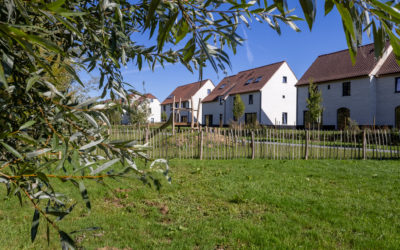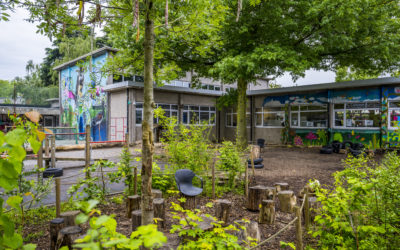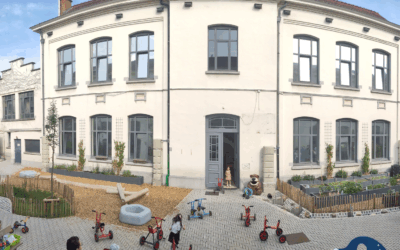IPON develops construction projects in which greenery and biodiversity are structurally and legally embedded, so that every resident actively contributes to a sustainable living environment.
Royal Military School
The project
The site is located in a highly urbanised area in the heart of Brussels, where land paving is the norm. Removal of this paving creates opportunities in terms of biodiversity. With the right adjustments, such as large-scale removal of paving, the creation of water points and the planting of hedges and trees with native species, we expand the green-blue network, give local fauna and flora a chance to recover and connect the site with green points nearby, such as the Cinquantenaire and Leopold Park.
The building itself is listed heritage, so changes to the building itself were not possible. The total surface of the RMS site that was made biodiversity-friendly is 4 hectares.

Project location
Contribution(s)
Project costs
Participant(s)
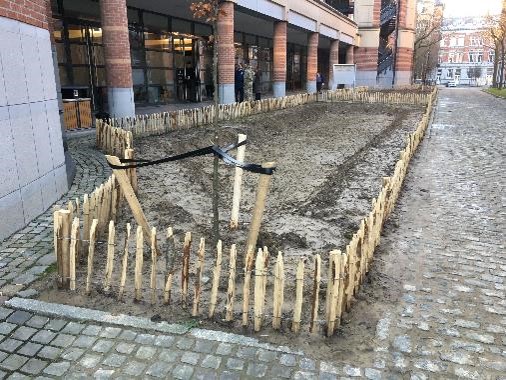
- FPS Public Health: expertise and financial
- Military: support, follow-up, logistics, not financial
- Krinkels: executor of the renovations
How are the criteria of the objective met?
Buildings and infrastructures
- As little alteration of the initial landscape as possible /as much naturalness as possible to replace grey and concrete surfaces (e.g. green roofs and walls, greening the surroundings, incorporating the existing landscape into the infrastructure).
- Respect and/or improve the specific ecological characteristics of the area (e.g. the topography, the type of landscape, the local plant and animal life) to effectively replace the gray/concrete surface.
- Use native species/subspecies that are more resilient and resistant to climate change, if appropriate
- Provide amenities with sufficient space/length/thickness to ensure the creation of habitats, green-blue areas and veins.
Possible initiatives in which the project is involved :
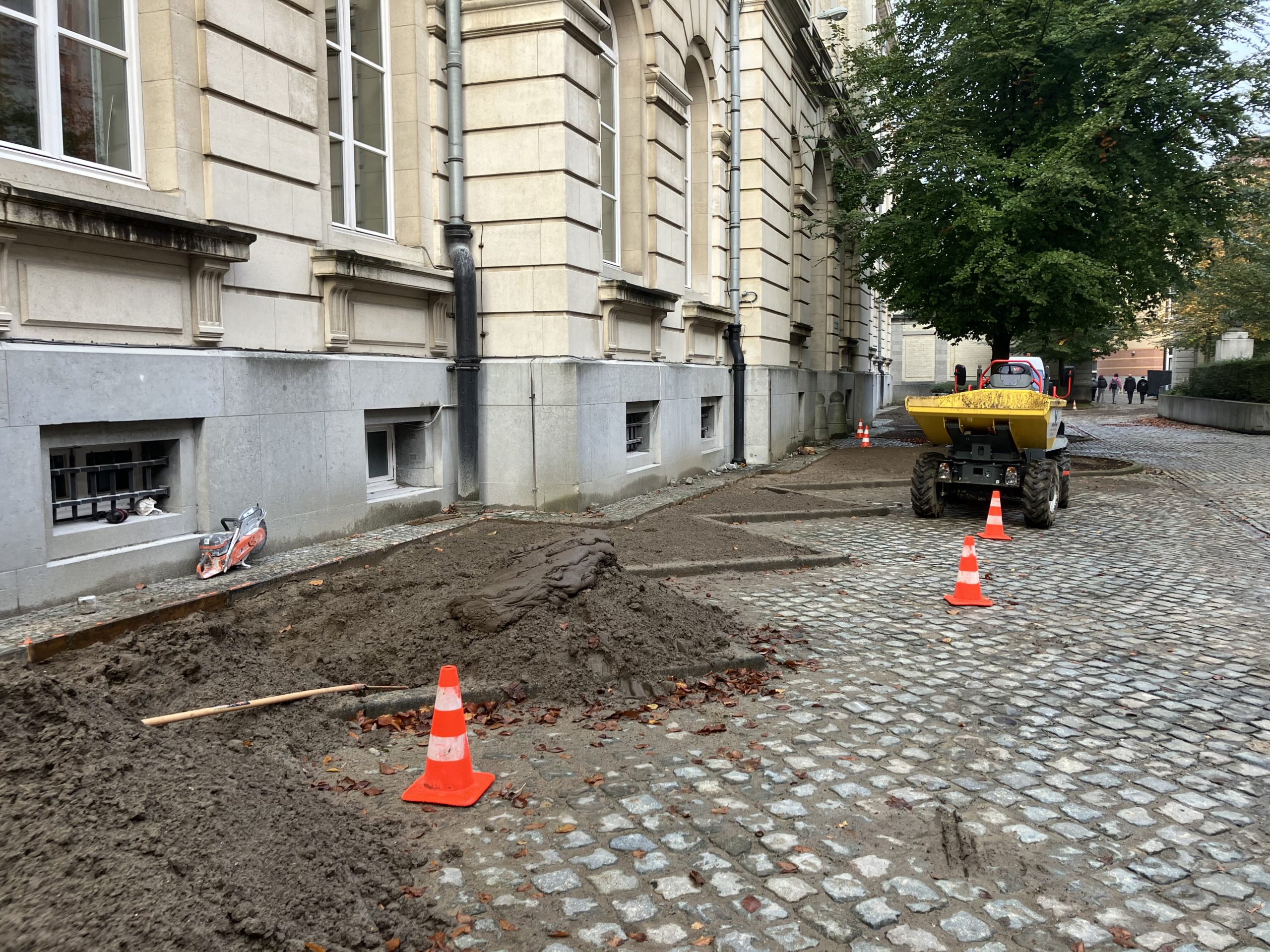
Bed & breakfasts for wild pollinators
- Diversify vegetation to include a range of plants (native species adapted to local pollinator populations) that bloom and provide abundant sources of pollen and nectar throughout spring, summer and fall (“bee pastures”).
- Create/enhance corridors to maintain the ecological continuity across the different types of green spaces and allow pollinators to move from one place to another.
Long-term maintenance
The site will be managed ecologically with appropriate mowing management, depending on the function of the zone.
Benefits
- The plantings with native species will attract native fauna and thus increase local biodiversity.
- Both students and visitors can use the green site to walk, relax, …
- The BiodiversiScape programme will monitor the site and measure the return of biodiversity. The results will be documented and shared, for inspiration for others who want to make similar changes on their domain.
- For the programme, this is a second site from which we have learned lessons, both technically and collaboratively.
Other projects linked to the objective: "Buildings and infrastructures"
EcoSchools Antwerp
The city supports EcoSchools that focus on climate with coaching and a subsidy of up to 30,000 euros.
Opération Ré-création
Bringing nature into school playgrounds.
